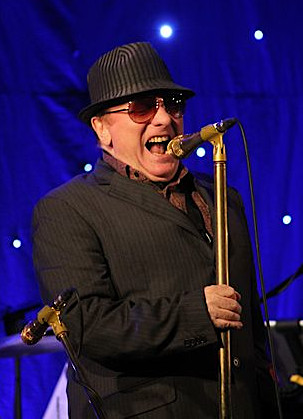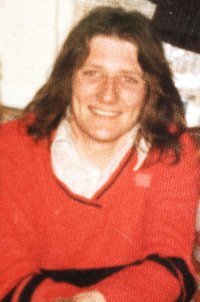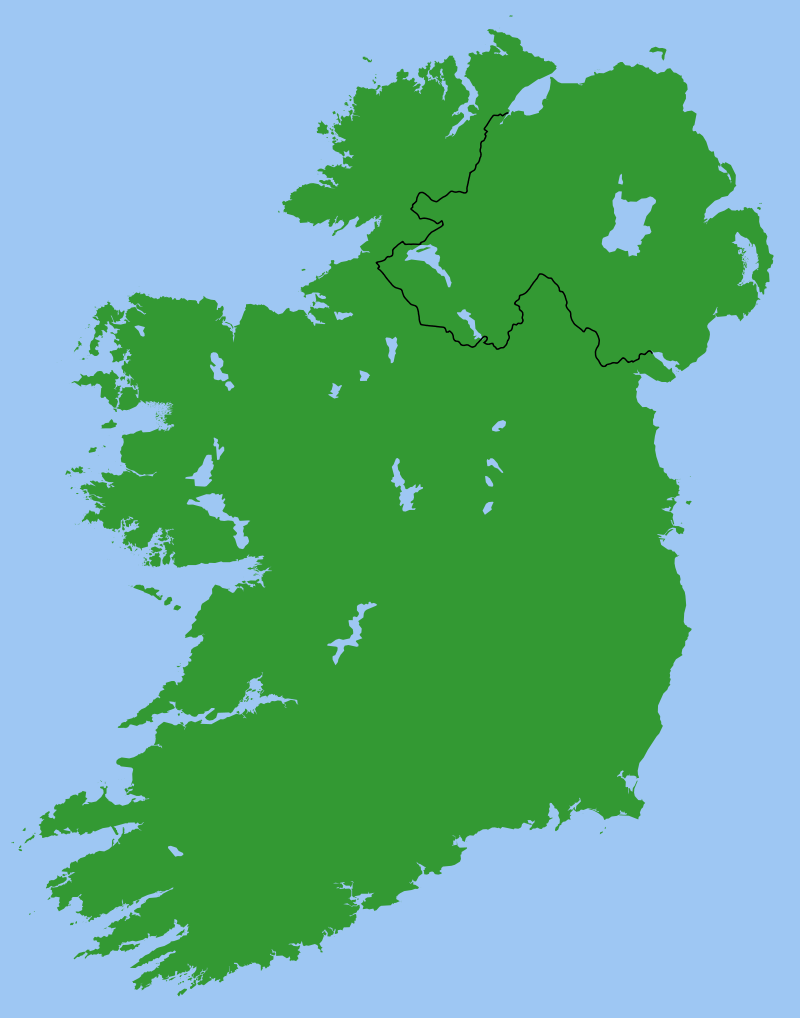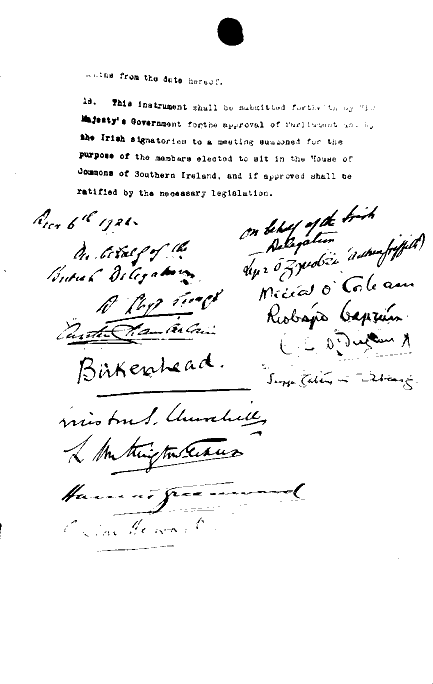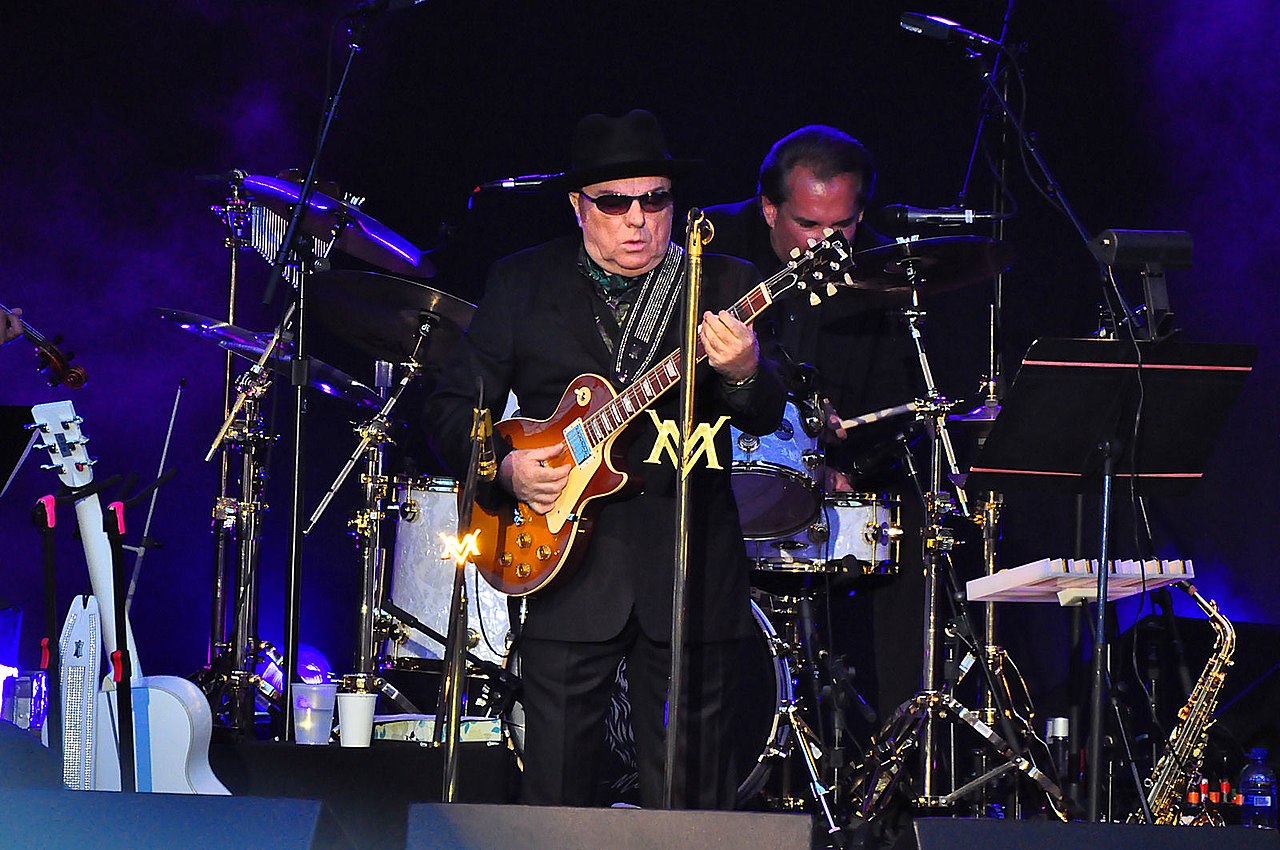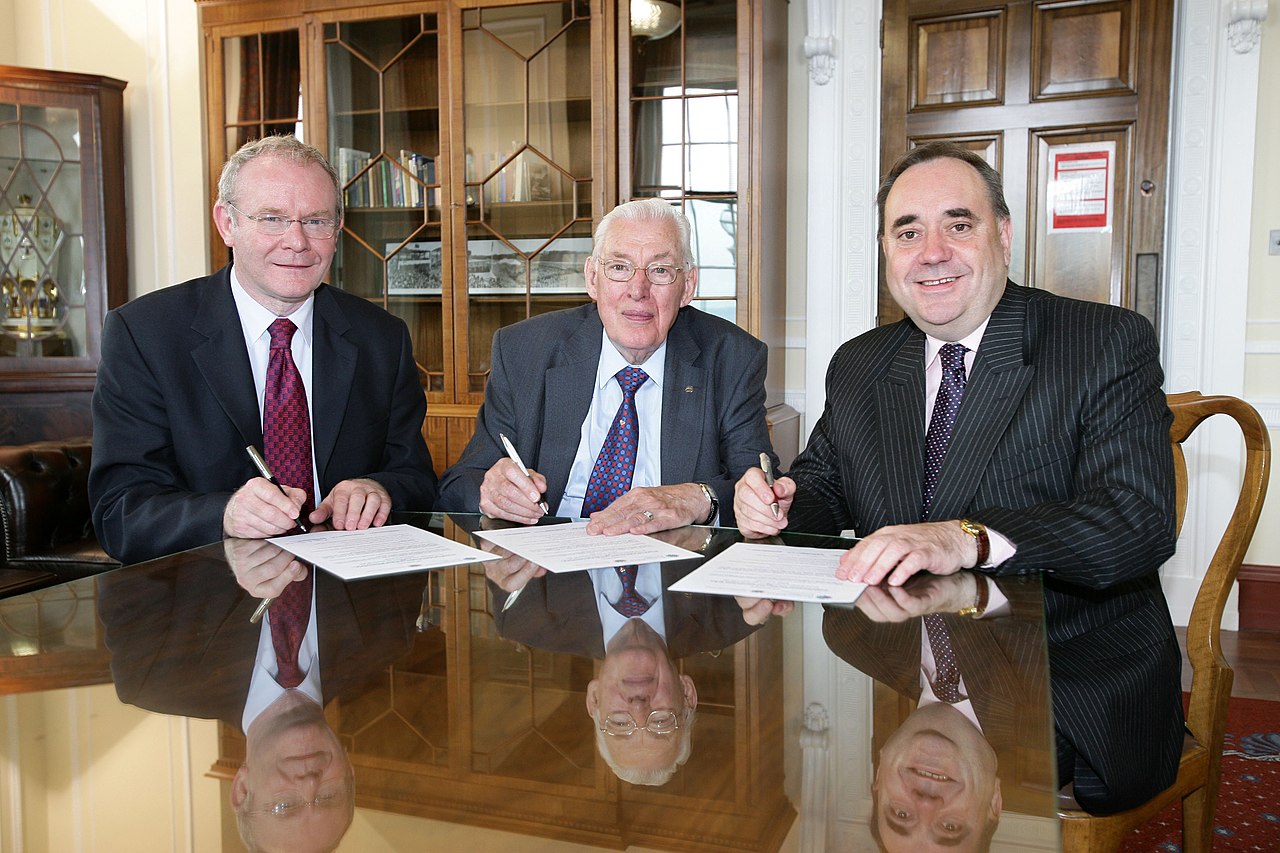terça-feira, agosto 31, 2021
Van Morrison - 76 anos
Postado por
Fernando Martins
às
07:06
0
bocas
![]()
Marcadores: blue-eyed soul, blues, celta, country, Days Like This, folk, gospel, Irlanda do Norte, jazz, música, pop, Rhythm and Blues, Rock, Rock and Roll, skiffle, soft rock, Van Morrison
segunda-feira, junho 07, 2021
Liam Neeson - 69 anos
Postado por
Fernando Martins
às
06:09
0
bocas
![]()
Marcadores: actor, cinema, Irlanda do Norte, Liam Neeson
quarta-feira, maio 05, 2021
Goodbye Bobby Sands...
Postado por
Pedro Luna
às
04:00
0
bocas
![]()
Marcadores: Bobby Sands, direitos humanos, Goodbye Bobby Sands, greve de fome, IRA, Irlanda, Irlanda do Norte, música
Bobby Sands morreu há quarenta anos...
In June 1972, at the age of 18, Bobby moved with his family to the Twinbrook housing estate in west Belfast, and had to leave Rathcoole due to loyalist intimidation.
He married Geraldine Noade. His son, Gerard, was born 8 May 1973. Noade soon left to live in England with their son.
Sands' sister, Bernadette Sands McKevitt, is also a prominent Irish Republican. Along with her husband Michael McKevitt she helped to form the 32 County Sovereignty Movement and is accused of involvement with the Real Irish Republican Army. Sands McKevitt is opposed to the Belfast Agreement, stating that "Bobby did not die for cross-border bodies with executive powers. He did not die for nationalists to be equal British citizens within the Northern Ireland state."
Immediately after his sentence, Sands was implicated in a ruckus and spent the first 22 days "on boards" (all furniture was removed from his cell) in Crumlin Road Prison, 15 days naked, and a No. 1 starvation diet (bread and water) every 3 days.
Republican prisoners organised a series of protests seeking to regain their previous Special Category Status which would free them from some ordinary prison regulations. This began with the "blanket protest" in 1976, in which the prisoners refused to wear prison uniform and wore blankets instead. In 1978, after a number of attacks on prisoners leaving their cells to "slop out" (i.e., empty their chamber pots), this escalated into the "dirty protest", wherein prisoners refused to wash and smeared the walls of their cells with excrement.
The sudden vacancy in a seat with a nationalist majority of about five thousand was a valuable opportunity for Sands' supporters to unite the nationalist community behind their campaign. Pressure not to split the vote led other nationalist parties, notably the Social Democratic and Labour Party, to withdraw, and Sands was nominated on the label "Anti H-Block / Armagh Political Prisoner". After a highly polarised campaign, Sands narrowly won the seat on 9 April 1981, with 30,493 votes to 29,046 for the Ulster Unionist Party candidate Harry West - and also become the youngest MP at the time. However Sands died in prison less than a month afterwards, without ever having taken his seat in the Commons.
Following Sands' success, the British Government introduced the Representation of the People Act 1981 which prevents prisoners serving jail terms of more than one year in either the UK or the Republic of Ireland from being nominated as candidates in British elections. This law was introduced in order to prevent the other hunger strikers from being elected to the British parliament.
- The right not to wear a prison uniform;
- The right not to do prison work;
- The right of free association with other prisoners, and to organise educational and recreational pursuits;
- The right to one visit, one letter and one parcel per week;
- Full restoration of remission lost through the protest.
The announcement of Sands's death prompted several days of rioting in nationalist areas of Northern Ireland. A milk deliverer, Eric Guiney, and his son, Desmond, died as a result of injuries sustained when their milk float crashed after being stoned by rioters in a predominantly nationalist area of north Belfast. Over 100,000 people lined the route of Sands's funeral and he was buried in the 'New Republican Plot' alongside 76 others. Their grave is maintained and cared for by the National Graves Association, Belfast. Sands was a Member of the Westminster Parliament for 25 days, though he never took his seat or the oath.
In response to a question in the House of Commons on 5 May 1981, British Prime Minister Margaret Thatcher said, "Mr. Sands was a convicted criminal. He chose to take his own life. It was a choice that his organisation did not allow to many of its victims".
Sands was survived by his parents, siblings, and his son, Gerard.
Postado por
Fernando Martins
às
00:40
0
bocas
![]()
Marcadores: Bobby Sands, direitos humanos, greve de fome, IRA, Irlanda, Irlanda do Norte
segunda-feira, maio 03, 2021
A Irlanda foi dividida há cem anos...
A Partição da Irlanda foi uma partição entre o nordeste dos seis condados e os restantes vinte e seis condados teve lugar no dia 3 de maio de 1921 sob o Ato do Governo da Irlanda de 1920. Toda a ilha da Irlanda passou a ser, provisoriamente, Estado Livre Irlandês em 6 de dezembro de 1922. Contudo, o Parlamento da Irlanda do Norte exerceu o seu direito de optar por sair do novo domínio no dia seguinte.
Esta partição criou dois territórios na ilha da Irlanda: Irlanda do Norte e Irlanda do Sul. Hoje, o primeiro ainda é conhecido como Irlanda do Norte, enquanto que o último é conhecido simplesmente como Irlanda (ou, no caso de diferenciação entre o Estado e toda a ilha, é necessário que o Estado seja referido como o República da Irlanda). A Irlanda do Norte permanece como parte do Reino Unido, enquanto que a Irlanda é um Estado soberano.
in Wikipédia
Postado por
Fernando Martins
às
01:00
0
bocas
![]()
Marcadores: Irlanda, Irlanda do Norte, Reino Unido
sábado, abril 10, 2021
O Acordo de Belfast (ou da Sexta-feira Santa) foi assinado há 23 anos
- O princípio que o futuro constitucional da Irlanda do Norte deverá ser decidido pelo voto dos seus cidadãos.
- O comprometimento de todas as partes em usarem exclusivamente meios pacíficos e democráticos.
- O estabelecimento de uma Assembleia da Irlanda do Norte com poderes legislativos.
- A criação de um 'poder-partilhado' para a atribuição de ministros aos principais partidos, segundo o método de Hondt
- Estabelecimento de um Conselho britânico-irlandês, composto por representantes dos governos da República da Irlanda, da Irlanda do Norte, Reino Unido, Escócia, País de Gales, Ilhas do Canal e Ilha de Man, para a discussão dos assuntos de interesse comum.
- A libertação, no espaço de dois anos, de prisioneiros paramilitares pertencentes a organizações que acatassem o cessar-fogo.
- A deposição das armas no espaço de dois anos.
- A modificação dos artigos 2 e 3 da constituição da Irlanda, referentes à reivindicação do território da Irlanda do Norte pela República da Irlanda.
- Nova legislação sobre policiamento, direitos humanos e igualdade na Irlanda do Norte.
Postado por
Fernando Martins
às
00:23
0
bocas
![]()
Marcadores: Acordo da Sexta-feira Santa, Acordo de Belfast, Irlanda, Irlanda do Norte, Reino Unido
domingo, abril 04, 2021
Gary Moore nasceu há 69 anos
Postado por
Fernando Martins
às
06:09
0
bocas
![]()
Marcadores: blues, blues rock, Gary Moore, hard rock, heavy metal, Irlanda do Norte, jazz fusion, música, progressive rock, Still Got The Blues
domingo, março 14, 2021
Robert Kildea, dos Belle & Sebastian, faz hoje 49 anos
Bobby Kildea is a musician from Northern Ireland. He currently plays bass and guitar in the Scottish indie pop band Belle & Sebastian, after joining in 2001 to replace departing bassist Stuart David, and had previously been in V-Twin. He is the band's only Northern Irish member and is notable for his laidback demeanor and long hair.
He goes by the nickname "Belfast" in the band, despite being born in nearby Bangor, Northern Ireland.
In December 2008, he toured with The Vaselines during Belle & Sebastian's hiatus, during which Stuart Murdoch was heading his God Help the Girl project.
Bobby features alongside Belle and Sebastian co-star Stevie Jackson on the 2011 album 'Fuerteventura' by Spanish artist Russian Red.
in Wikipédia
Postado por
Fernando Martins
às
00:52
0
bocas
![]()
Marcadores: Belle and Sebastian, Escócia, I Want The World To Stop, Irlanda do Norte, música, pop, pop indie, Robert Kildea
terça-feira, fevereiro 09, 2021
Ciarán Hinds faz hoje 68 anos
Postado por
Fernando Martins
às
06:08
0
bocas
![]()
Marcadores: actor, Ciarán Hinds, cinema, Irlanda, Irlanda do Norte, televisão
sábado, fevereiro 06, 2021
O músico Gary Moore morreu há dez anos...
Postado por
Fernando Martins
às
10:00
0
bocas
![]()
Marcadores: blues, blues rock, Gary Moore, hard rock, heavy metal, Irlanda do Norte, jazz fusion, música, Parisienne Walkways, progressive rock
sábado, janeiro 30, 2021
Sunday, Bloody Sunday...
Postado por
Fernando Martins
às
04:09
0
bocas
![]()
Marcadores: Bloody Sunday, Domhnach na Fola, Domingo Sangrento, Inquérito Saville, IRA, Irlanda do Norte, música, Sunday Bloody Sunday, Troubles, U2
O Domingo Sangrento foi há 49 anos
The death
- John (Jackie) Duddy. Shot in the chest in the car park of Rossville flats. Four witnesses stated Duddy was unarmed and running away from the paratroopers when he was killed. Three of them saw a soldier take deliberate aim at the youth as he ran. He is the uncle of the Irish boxer John Duddy.
- Patrick Joseph Doherty. Shot from behind while attempting to crawl to safety in the forecourt of Rossville flats. Doherty was the subject of a series of photographs, taken before and after he died by French journalist Gilles Peress. Despite testimony from "Soldier F" that he had fired at a man holding and firing a pistol, Widgery acknowledged that the photographs showed Doherty was unarmed, and that forensic tests on his hands for gunshot residue proved negative.
- Bernard McGuigan. Shot in the back of the head when he went to help Patrick Doherty. He had been waving a white handkerchief at the soldiers to indicate his peaceful intentions.
- Hugh Pius Gilmour. Shot through his right elbow, the bullet then entering his chest as he ran from the paratroopers on Rossville Street. Widgery acknowledged that a photograph taken seconds after Gilmour was hit corroborated witness reports that he was unarmed, and that tests for gunshot residue were negative.
- Kevin McElhinney. Shot from behind while attempting to crawl to safety at the front entrance of the Rossville Flats. Two witnesses stated McElhinney was unarmed.
- Michael Gerald Kelly. Shot in the stomach while standing near the rubble barricade in front of Rossville Flats. Widgery accepted that Kelly was unarmed.
- John Pius Young. Shot in the head while standing at the rubble barricade. Two witnesses stated Young was unarmed.
- William Noel Nash. Shot in the chest near the barricade. Witnesses stated Nash was unarmed and going to the aid of another when killed.
- Michael M. McDaid. Shot in the face at the barricade as he was walking away from the paratroopers. The trajectory of the bullet indicated he could have been killed by soldiers positioned on the Derry Walls.
- James Joseph Wray. Wounded then shot again at close range while lying on the ground. Witnesses who were not called to the Widgery Tribunal stated that Wray was calling out that he could not move his legs before he was shot the second time.
- Gerald Donaghey. Shot in the stomach while attempting to run to safety between Glenfada Park and Abbey Park. Donaghey was brought to a nearby house by bystanders where he was examined by a doctor. His pockets were turned out in an effort to identify him. A later police photograph of Donaghey's corpse showed nail bombs in his pockets. Neither those who searched his pockets in the house nor the British army medical officer (Soldier 138) who pronounced him dead shortly afterwards say they saw any bombs. Donaghey had been a member of Fianna Éireann, an IRA-linked Republican youth movement. Paddy Ward, a police informer who gave evidence at the Saville Inquiry, claimed that he had given two nail bombs to Donaghey several hours before he was shot dead.
- Gerard (James) McKinney. Shot just after Gerald Donaghey. Witnesses stated that McKinney had been running behind Donaghey, and he stopped and held up his arms, shouting "Don't shoot! Don't shoot!", when he saw Donaghey fall. He was then shot in the chest.
- William Anthony McKinney. Shot from behind as he attempted to aid Gerald McKinney (no relation). He had left cover to try to help Gerald.
- John Johnston. Shot in the leg and left shoulder on William Street 15 minutes before the rest of the shooting started. Johnston was not on the march, but on his way to visit a friend in Glenfada Park. He died 4½ months later; his death has been attributed to the injuries he received on the day. He was the only one not to die immediately or soon after being shot.
Postado por
Fernando Martins
às
00:49
0
bocas
![]()
Marcadores: Bloody Sunday, Domhnach na Fola, Domingo Sangrento, Inquérito Saville, IRA, Irlanda do Norte, Troubles
domingo, dezembro 06, 2020
O tratado fundador da República da Irlanda foi assinado há 99 anos
O Tratado Anglo-Irlandês foi um acordo firmado entre a Irlanda e o Reino Unido com o objetivo de dividir territórios no então Reino Unido da Grã-Bretanha e Irlanda.
in Wikipédia
Postado por
Fernando Martins
às
11:39
0
bocas
![]()
Marcadores: Estado Livre Irlandês, Irlanda do Norte, República da Irlanda
segunda-feira, agosto 31, 2020
Van Morrison - 75 anos!
Postado por
Fernando Martins
às
07:50
0
bocas
![]()
Marcadores: blue-eyed soul, blues, celta, country, folk, gospel, Irlanda do Norte, jazz, música, pop, Rhythm and Blues, Rock, Rock and Roll, skiffle, soft rock, Someone Like You, Van Morrison
quinta-feira, janeiro 30, 2020
O Domingo Sangrento foi há 48 anos
The death
- John (Jackie) Duddy. Shot in the chest in the car park of Rossville flats. Four witnesses stated Duddy was unarmed and running away from the paratroopers when he was killed. Three of them saw a soldier take deliberate aim at the youth as he ran. He is the uncle of the Irish boxer John Duddy.
- Patrick Joseph Doherty. Shot from behind while attempting to crawl to safety in the forecourt of Rossville flats. Doherty was the subject of a series of photographs, taken before and after he died by French journalist Gilles Peress. Despite testimony from "Soldier F" that he had fired at a man holding and firing a pistol, Widgery acknowledged that the photographs showed Doherty was unarmed, and that forensic tests on his hands for gunshot residue proved negative.
- Bernard McGuigan. Shot in the back of the head when he went to help Patrick Doherty. He had been waving a white handkerchief at the soldiers to indicate his peaceful intentions.
- Hugh Pius Gilmour. Shot through his right elbow, the bullet then entering his chest as he ran from the paratroopers on Rossville Street. Widgery acknowledged that a photograph taken seconds after Gilmour was hit corroborated witness reports that he was unarmed, and that tests for gunshot residue were negative.
- Kevin McElhinney. Shot from behind while attempting to crawl to safety at the front entrance of the Rossville Flats. Two witnesses stated McElhinney was unarmed.
- Michael Gerald Kelly. Shot in the stomach while standing near the rubble barricade in front of Rossville Flats. Widgery accepted that Kelly was unarmed.
- John Pius Young. Shot in the head while standing at the rubble barricade. Two witnesses stated Young was unarmed.
- William Noel Nash. Shot in the chest near the barricade. Witnesses stated Nash was unarmed and going to the aid of another when killed.
- Michael M. McDaid. Shot in the face at the barricade as he was walking away from the paratroopers. The trajectory of the bullet indicated he could have been killed by soldiers positioned on the Derry Walls.
- James Joseph Wray. Wounded then shot again at close range while lying on the ground. Witnesses who were not called to the Widgery Tribunal stated that Wray was calling out that he could not move his legs before he was shot the second time.
- Gerald Donaghey. Shot in the stomach while attempting to run to safety between Glenfada Park and Abbey Park. Donaghey was brought to a nearby house by bystanders where he was examined by a doctor. His pockets were turned out in an effort to identify him. A later police photograph of Donaghey's corpse showed nail bombs in his pockets. Neither those who searched his pockets in the house nor the British army medical officer (Soldier 138) who pronounced him dead shortly afterwards say they saw any bombs. Donaghey had been a member of Fianna Éireann, an IRA-linked Republican youth movement. Paddy Ward, a police informer who gave evidence at the Saville Inquiry, claimed that he had given two nail bombs to Donaghey several hours before he was shot dead.
- Gerard (James) McKinney. Shot just after Gerald Donaghey. Witnesses stated that McKinney had been running behind Donaghey, and he stopped and held up his arms, shouting "Don't shoot! Don't shoot!", when he saw Donaghey fall. He was then shot in the chest.
- William Anthony McKinney. Shot from behind as he attempted to aid Gerald McKinney (no relation). He had left cover to try to help Gerald.
- John Johnston. Shot in the leg and left shoulder on William Street 15 minutes before the rest of the shooting started. Johnston was not on the march, but on his way to visit a friend in Glenfada Park. He died 4½ months later; his death has been attributed to the injuries he received on the day. He was the only one not to die immediately or soon after being shot.
Postado por
Fernando Martins
às
00:48
0
bocas
![]()
Marcadores: Bloody Sunday, Domhnach na Fola, Domingo Sangrento, Inquérito Saville, IRA, Irlanda do Norte, música, Sunday Bloody Sunday, Troubles, U2
quarta-feira, janeiro 30, 2019
O Domingo Sangrento foi há 47 anos
- John (Jackie) Duddy. Shot in the chest in the car park of Rossville flats. Four witnesses stated Duddy was unarmed and running away from the paratroopers when he was killed. Three of them saw a soldier take deliberate aim at the youth as he ran. He is the uncle of the Irish boxer John Duddy.
- Patrick Joseph Doherty. Shot from behind while attempting to crawl to safety in the forecourt of Rossville flats. Doherty was the subject of a series of photographs, taken before and after he died by French journalist Gilles Peress. Despite testimony from "Soldier F" that he had fired at a man holding and firing a pistol, Widgery acknowledged that the photographs showed Doherty was unarmed, and that forensic tests on his hands for gunshot residue proved negative.
- Bernard McGuigan. Shot in the back of the head when he went to help Patrick Doherty. He had been waving a white handkerchief at the soldiers to indicate his peaceful intentions.
- Hugh Pius Gilmour. Shot through his right elbow, the bullet then entering his chest as he ran from the paratroopers on Rossville Street. Widgery acknowledged that a photograph taken seconds after Gilmour was hit corroborated witness reports that he was unarmed, and that tests for gunshot residue were negative.
- Kevin McElhinney. Shot from behind while attempting to crawl to safety at the front entrance of the Rossville Flats. Two witnesses stated McElhinney was unarmed.
- Michael Gerald Kelly. Shot in the stomach while standing near the rubble barricade in front of Rossville Flats. Widgery accepted that Kelly was unarmed.
- John Pius Young. Shot in the head while standing at the rubble barricade. Two witnesses stated Young was unarmed.
- William Noel Nash. Shot in the chest near the barricade. Witnesses stated Nash was unarmed and going to the aid of another when killed.
- Michael M. McDaid. Shot in the face at the barricade as he was walking away from the paratroopers. The trajectory of the bullet indicated he could have been killed by soldiers positioned on the Derry Walls.
- James Joseph Wray. Wounded then shot again at close range while lying on the ground. Witnesses who were not called to the Widgery Tribunal stated that Wray was calling out that he could not move his legs before he was shot the second time.
- Gerald Donaghey. Shot in the stomach while attempting to run to safety between Glenfada Park and Abbey Park. Donaghey was brought to a nearby house by bystanders where he was examined by a doctor. His pockets were turned out in an effort to identify him. A later police photograph of Donaghey's corpse showed nail bombs in his pockets. Neither those who searched his pockets in the house nor the British army medical officer (Soldier 138) who pronounced him dead shortly afterwards say they saw any bombs. Donaghey had been a member of Fianna Éireann, an IRA-linked Republican youth movement. Paddy Ward, a police informer who gave evidence at the Saville Inquiry, claimed that he had given two nail bombs to Donaghey several hours before he was shot dead.
- Gerard (James) McKinney. Shot just after Gerald Donaghey. Witnesses stated that McKinney had been running behind Donaghey, and he stopped and held up his arms, shouting "Don't shoot! Don't shoot!", when he saw Donaghey fall. He was then shot in the chest.
- William Anthony McKinney. Shot from behind as he attempted to aid Gerald McKinney (no relation). He had left cover to try to help Gerald.
- John Johnston. Shot in the leg and left shoulder on William Street 15 minutes before the rest of the shooting started. Johnston was not on the march, but on his way to visit a friend in Glenfada Park. He died 4½ months later; his death has been attributed to the injuries he received on the day. He was the only one not to die immediately or soon after being shot.
Postado por
Fernando Martins
às
00:47
0
bocas
![]()
Marcadores: Bloody Sunday, Domhnach na Fola, Domingo Sangrento, Inquérito Saville, IRA, Irlanda do Norte, música, Sunday Bloody Sunday, Troubles, U2
terça-feira, abril 10, 2018
O Acordo de Belfast (ou da Sexta-feira Santa) foi assinado há vinte anos
- O princípio que o futuro constitucional da Irlanda do Norte deverá ser decidido pelo voto dos seus cidadãos.
- O comprometimento de todas as partes, em usarem exclusivamente meios pacíficos e democráticos.
- O estabelecimento de uma Assembleia da Irlanda do Norte com poderes legislativos.
- A criação de um 'poder-partilhado' para a atribuição de ministros aos principais partidos, segundo o método de Hondt
- Estabelecimento de um Conselho britânico-irlandês, composto por representantes dos governos da República da Irlanda, da Irlanda do Norte, Reino Unido, Escócia, País de Gales, Ilhas do Canal e Ilha de Man, para a discussão dos assuntos de interesse comum.
- A libertação, no espaço de dois anos, de prisioneiros paramilitares pertencentes a organizações que acatassem o cessar-fogo.
- A deposição das armas no espaço de dois anos.
- A modificação dos artigos 2 e 3 da constituição da Irlanda, referentes à reivindicação do território da Irlanda do Norte pela República da Irlanda.
- Nova legislação sobre policiamento, direitos humanos e igualdade na Irlanda do Norte.
Postado por
Fernando Martins
às
00:20
0
bocas
![]()
Marcadores: Acordo da Sexta-feira Santa, Acordo de Belfast, Irlanda, Irlanda do Norte, Reino Unido
sexta-feira, fevereiro 09, 2018
O ator Ciarán Hinds faz hoje 65 anos
Postado por
Fernando Martins
às
06:50
0
bocas
![]()
Marcadores: actor, Ciarán Hinds, cinema, Irlanda, Irlanda do Norte, televisão
